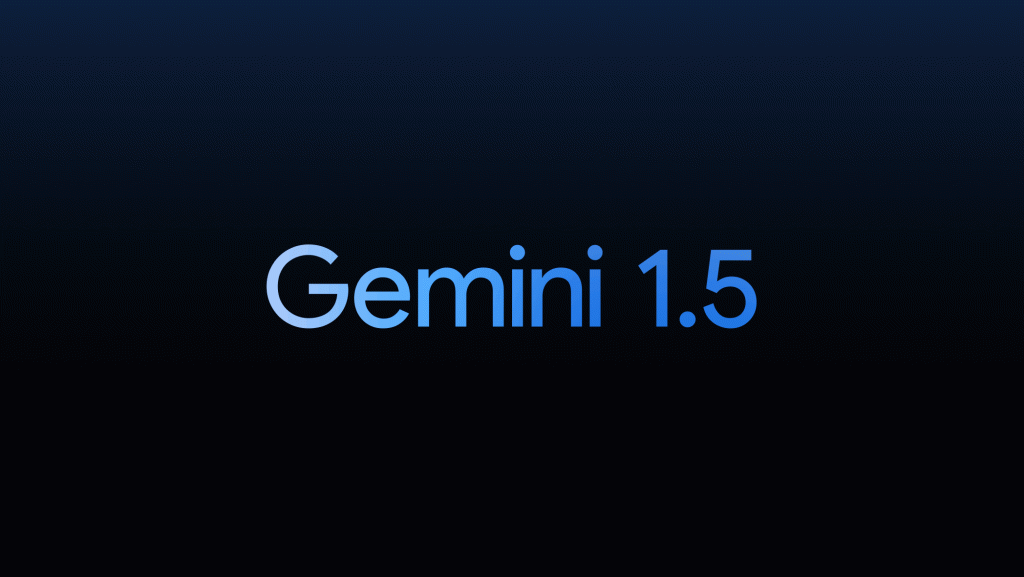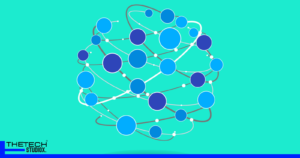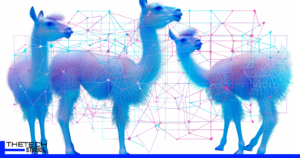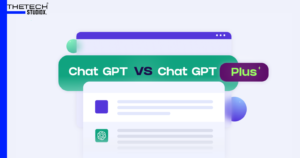Table of Contents
Introduction to Google Gemini 1.5
In the ever-changing landscape of artificial intelligence, Google’s innovative strides persist, with Gemini 1.5 emerging as the latest gem in their multimodal AI crown. This article delves into the intricacies of Gemini 1.5, exploring how it surpasses its forerunner and propels AI capabilities to new heights.
Genesis of Gemini: A Recap of 1.0
In the ever-evolving landscape of artificial intelligence, the advent of Gemini 1.0 by Google DeepMind and Google Research in December 2023 marked a significant milestone. This groundbreaking multimodal AI model revolutionized the way machines comprehend and generate content across diverse formats, including text, audio, images, and video.

Multimodal Integration at its Core
Gemini 1.0 distinguished itself by seamlessly blending various data types, a departure from traditional AI models specialized in singular formats. This integrative capability enabled Gemini to undertake complex tasks, such as deciphering handwritten notes, analyzing intricate diagrams, and addressing a spectrum of challenges that conventional models struggled to navigate.
The Gemini family, comprising the Ultra, Pro, Nano-1, and Nano-2 models, catered to diverse applications. The Ultra model showcased proficiency in handling intricate tasks, the Pro model prioritized speed and scalability on major platforms like Google Bard, while the Nano models, with 1.8 billion and 3.25 billion parameters respectively, were designed for seamless integration into devices like the Google Pixel 8 Pro smartphone.
Unveiling the Power of Multimodal AI
Gemini 1.0 was a testament to the prowess of Google’s AI research, providing a glimpse into the future where machines could understand and generate content across multiple modalities. It not only expanded the horizons of AI by embracing a broader scope of information but also laid the foundation for subsequent advancements.
The model’s ability to interpret and process data from various sources set a new standard in the AI landscape. Whether analyzing a complex image, transcribing spoken words, or translating text, Gemini 1.0 showcased a versatility that underscored its transformative potential.
Paving the Way for Gemini 1.5
As Gemini 1.0 captured the imagination of the AI community, it paved the way for the evolution and refinement embodied in Gemini 1.5. The success of its predecessor fueled the anticipation surrounding the latest iteration, creating a buzz within the AI research and development community eager to witness the unfolding capabilities of Google’s multimodal AI journey.
Gemini 1.5 Unveiled
Building upon the success of Gemini 1.0, Gemini 1.5 takes the stage with enhanced features and a novel Mixture-of-Experts (MoE) architecture. Launched on advanced TPUv4 accelerators, it signifies Google’s commitment to evolving AI technology.
Mixture-of-Experts (MoE) Architecture
Unlike Gemini 1.0’s unified model, Gemini 1.5 adopts MoE, a collection of specialized transformer models. This dynamic approach optimizes task handling by activating experts based on incoming data, streamlining learning and processing.
Enhanced Operational Efficiency
Gemini 1.5’s MoE architecture enhances training and deployment efficiency. By engaging specific experts, it rapidly masters tasks, outperforming conventional models. Google’s research teams benefit from accelerated development, expanding AI possibilities.
Expanded Information Processing Capability
A notable leap is Gemini 1.5’s increased context window, processing up to 1 million tokens. From analyzing extensive video content to interpreting codebases, its capabilities showcase exceptional problem-solving over large datasets.
Advanced Problem-Solving Abilities
Gemini 1.5’s architectural advancements empower it to excel in tasks like analyzing Apollo 11 mission transcripts or interpreting silent films. Its prowess with lengthy code blocks underscores its adaptability and efficiency.
Training on TPUv4 Accelerators
Gemini 1.5 Pro’s training on TPUv4 accelerators, combined with diverse datasets and fine-tuning, ensures outputs resonate with human perceptions. Benchmark testing against Gemini 1.0 and Ultra models validates its in-context learning abilities.
Benchmark Testing and Performance
Gemini 1.5 Pro, in rigorous benchmark testing, surpasses Gemini 1.0 in various evaluations. Its proficiency in tasks like Machine Translation from One Book (MTOB) showcases adaptability and learning efficiency comparable to human standards.
Limited Preview of Gemini 1.5 Pro
Currently in a limited preview, Gemini 1.5 Pro invites developers and enterprise customers to explore its expanded context window and anticipate improvements in processing speed.
Registration and Availability
Interested parties can register for Gemini 1.5 Pro through AI Studio or contact Vertex AI account teams. Plans for wider release and customizable options are on the horizon, promising increased accessibility.
Notable Advancements in Gemini 1.5
Gemini 1.5 stands as a significant step forward in multimodal AI, emphasizing Google’s commitment to evolving AI technology. Its novel architecture and expanded capabilities pave the way for more efficient task handling and advanced learning.
Future Possibilities
As Gemini 1.5 unfolds for a select group, the article hints at the exciting possibilities it holds for the broader AI landscape. Wider availability and continued advancements promise a future where AI reaches unprecedented heights.
Conclusion
In conclusion, Gemini 1.5 emerges as a beacon of progress in the AI domain. Its enhanced features, advanced architecture, and expanded capabilities underscore Google’s dedication to pushing the boundaries of AI technology.
FAQs
Is Gemini 1.5 available for the general public?
Currently, Gemini 1.5 is in a limited preview for developers and enterprise customers, with wider availability planned.
How does Gemini 1.5’s MoE architecture differ from Gemini 1.0?
Gemini 1.5’s MoE architecture departs from the unified model in 1.0, utilizing specialized transformer models for improved task handling.
What is the significance of the expanded context window in Gemini 1.5?
The expanded context window allows Gemini 1.5 to process extensive data, showcasing its prowess in tasks like analyzing video content and codebases.
How does Gemini 1.5 Pro perform in benchmark testing compared to its predecessors?
Gemini 1.5 Pro outperforms Gemini 1.0 in various evaluations, exhibiting in-context learning abilities comparable to the larger Gemini 1.0 Ultra model.
How can developers and enterprise customers access Gemini 1.5 Pro during the preview phase?
Interested parties can register through AI Studio or contact their Vertex AI account teams for further information.




